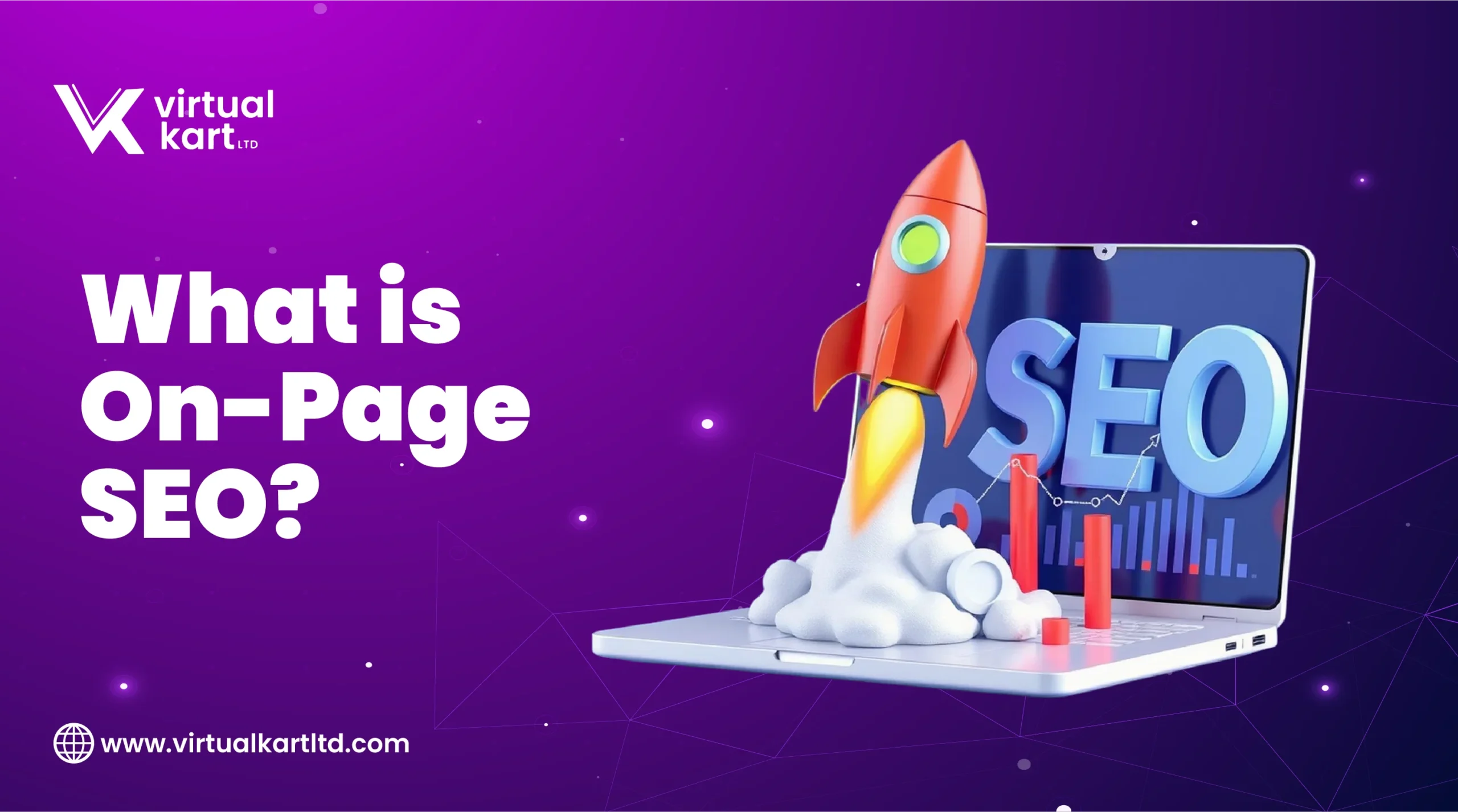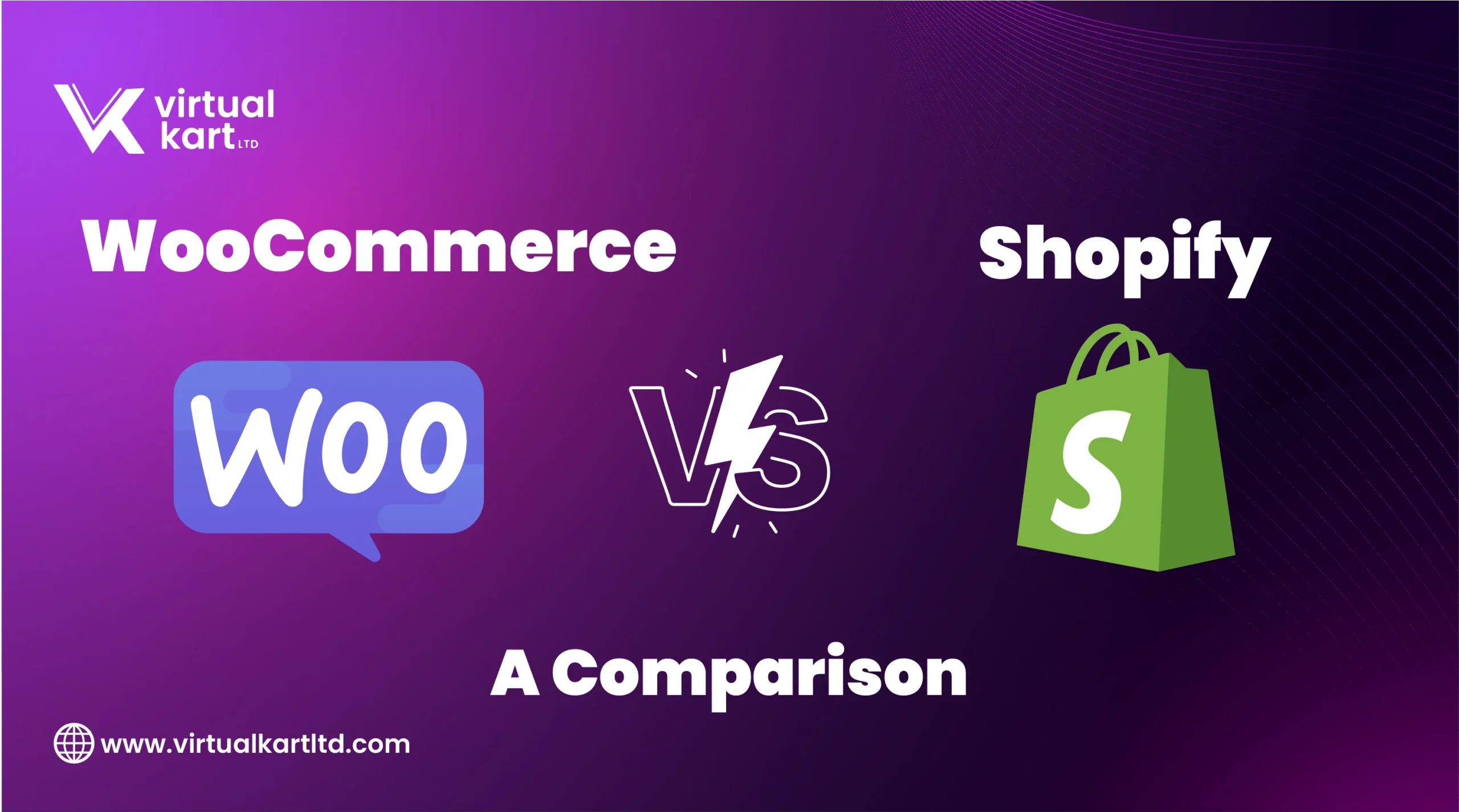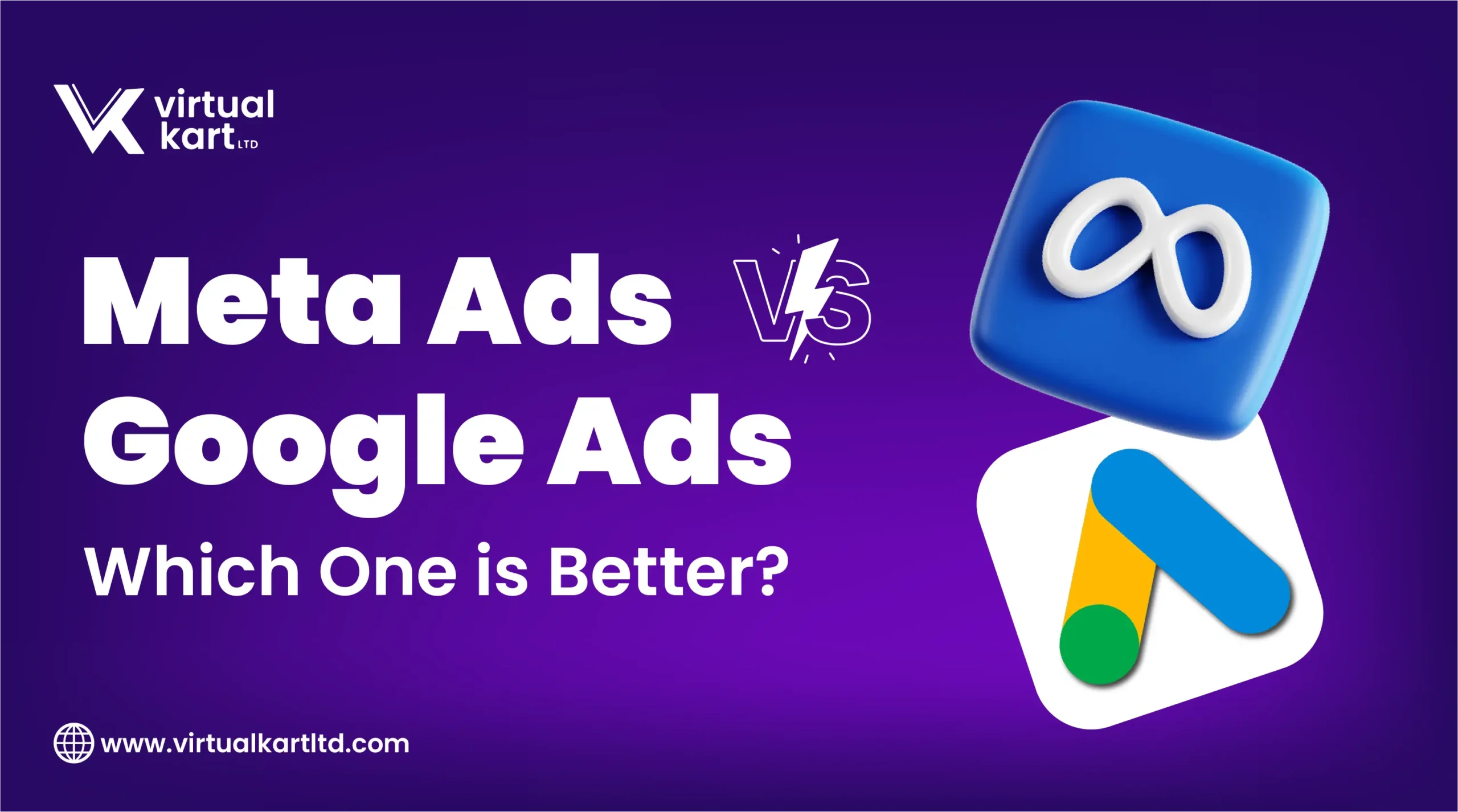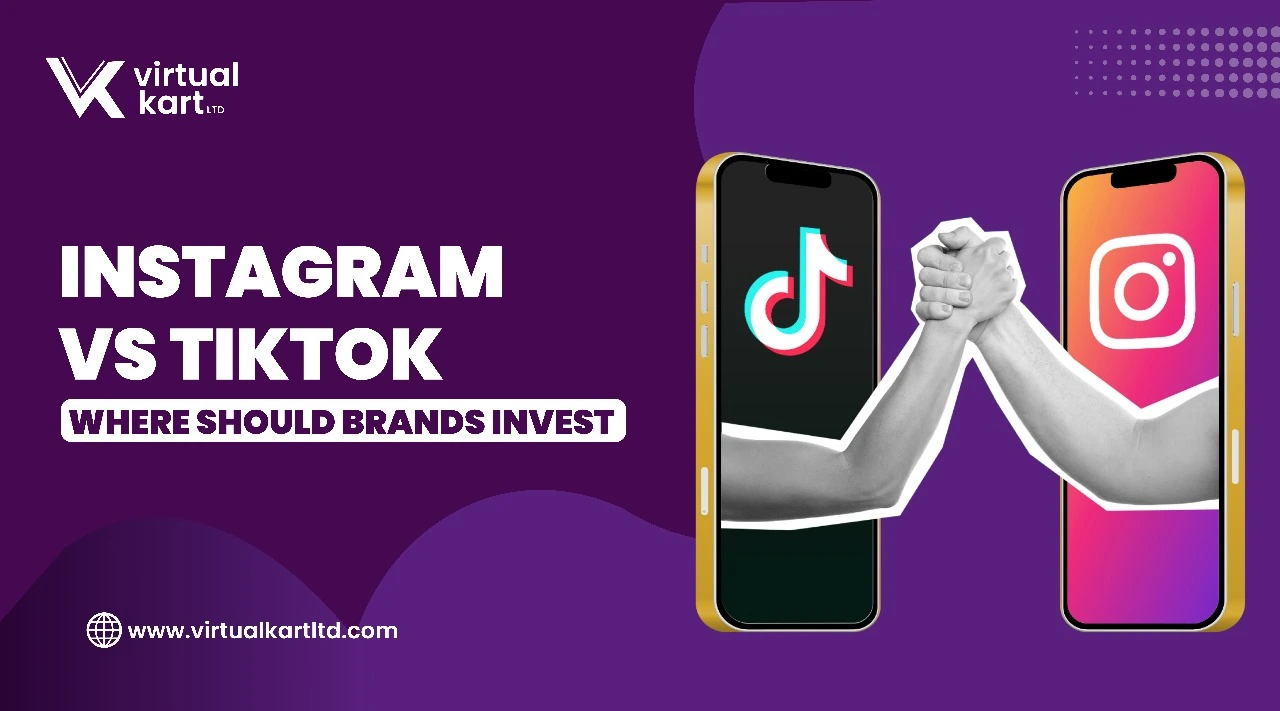The world of digital marketing is constantly evolving, and we see rapid changes on a daily basis. And one very important component is SEO. Without SEO, we can’t navigate in the world of tech and digital marketing and within SEO, on-page SEO plays a very crucial role in bringing traffic and increasing visibility for the website. Because of on-page SEO, you can bring organic traffic and enhance the user experience for your website. In this blog, we will be walking through some of the essentials of on-page SEO and how you can implement it on your website.
What Is On-Page SEO?
On-Page SEO is a technique that is used for ranking the website on Google search engines, and it helps earn more traffic. It involves fine-tuning both the content and the HTML source code of a page. Unlike off-page SEO, which mainly depends on external factors like backlinks, on-page is totally under your control.
Why Is On-Page SEO Important For Your Website?
The main job of on-page SEO is to help improve the overall visibility of the website. By doing so, you can also increase the traffic on your website. In On-page SEO, you can also optimize your individual web pages, which helps in increasing your chances of ranking your website higher in the search results. Also, because of on-page SEO, you can increase and enhance the overall user experience as the content is well-structured and is easily readable.
Key Elements Of On-Page SEO
On-page SEO is the foundation of a well-optimized website. By fine-tuning these key elements, you can improve search visibility, enhance user experience, and drive more organic traffic. Let’s explore the most critical on-page SEO factors you should prioritize.
Title Tags and Meta Descriptions
Title tags and meta descriptions are your first opportunity to attract clicks from search engines. A well-crafted title (ideally under 60 characters) should include your primary keyword while remaining compelling. Meta descriptions, though not a direct ranking factor, influence click-through rates by summarizing the page’s content in 150-160 characters. Keep them concise, engaging, and keyword-rich to stand out in search results.
High-Quality Content
Content remains king in SEO. Your pages should provide genuine value, answering user queries thoroughly and naturally incorporating target keywords. Avoid AI-generated or shallow content—Google rewards depth, relevance, and originality. Structure your content with clear sections, and maintain a balanced keyword density (1-2%) to avoid over-optimization.
Header Tags for Readability and Structure
Headers (H1-H4) break up your content, making it easier for users and search engines to understand. The H1 tag should be your main title, followed by H2s for major sections and H3s/H4s for subsections. This hierarchy improves readability and helps search engines grasp your content’s organization.
Clean and Keyword-Optimized URLs
A well-structured URL is short, descriptive, and includes your focus keyword. Avoid lengthy strings, special characters, or unnecessary parameters. For example, /best-on-page-seo-tips/ is far better than /post123?id=seo&cat=optimization. Simple URLs improve both user experience and crawlability.
Strategic Internal Linking
Internal links guide visitors to related content while distributing page authority across your site. Link to relevant, high-value pages using natural anchor text. This not only boosts SEO but also keeps users engaged longer, reducing bounce rates.
Optimized Images for Speed and Accessibility
Images enhance engagement but can slow down your site if not optimized. Compress them without sacrificing quality (tools like TinyPNG or ShortPixel help) and always include alt text with relevant keywords. This improves accessibility for screen readers and helps images rank in Google search.
Mobile-Friendly Design
With Google’s mobile-first indexing, your site must perform flawlessly on smartphones. Test responsiveness, touch-friendly navigation, and fast load times on mobile devices. A poor mobile experience hurts rankings and drives users away.
Lightning-Fast Page Speed
Speed is a direct ranking factor. Optimize by compressing images, enabling caching, minimizing JavaScript/CSS, and using a content delivery network (CDN). Tools like Google PageSpeed Insights can identify performance bottlenecks.
What is the Difference Between On-Page SEO and Off-Page SEO?
The main difference that we can spot is that on-page SEO mainly focuses on performing tasks inside of your website and webpage, whereas off-page SEO is responsible for performing tasks outside of your webpage. So, loosely translated, on-page is internal and off-page is external. Backlinks are the strong suit for off-page and other elements like social media posts and public relations are used for off-page SEO. Though different in their approach, both of these strategies are very important for the overall SEO of the website.
What are Best Practices Used for On-Page SEO?
These are some of the best practices that are used for on-page SEO:
- Perform keyword research to identify relevant terms and integrate them naturally into your content.
- Make sure that you are keeping your content regularly updated and up-to-date so that it matches the search intent.
- Use schema markups to enhance for rich snippets and also provide detailed search results.
- Make sure you are checking analytics every day so that you can track your performance and also apply strategies accordingly.
Wrapping Up
Understanding and mastering On-page SEO is very important so that you can take your website to new heights. By improving your overall content, incorporating keywords, and adding meta titles and meta descriptions, you are not only enhancing the overall user experience but also elevating the authority of the website.
FAQs
1. What is on-page SEO?
On-page SEO is the practice of optimising individual web pages to improve search engine rankings and increase organic traffic. It involves adjusting content, HTML code, and other on-site factors.
2. Why is on-page SEO important?
On-page SEO is essential because it helps search engines understand your content and improves user experience, leading to better search rankings and increased website traffic.
3. What are the key elements of on-page SEO?
Key elements include title tags, meta descriptions, high-quality content, header tags, URL structure, internal linking, image optimisation, mobile friendliness, and page speed.
4. How does on-page SEO differ from off-page SEO?
On-page SEO involves optimising elements within your website, while off-page SEO focuses on external factors like backlinks and social media.





